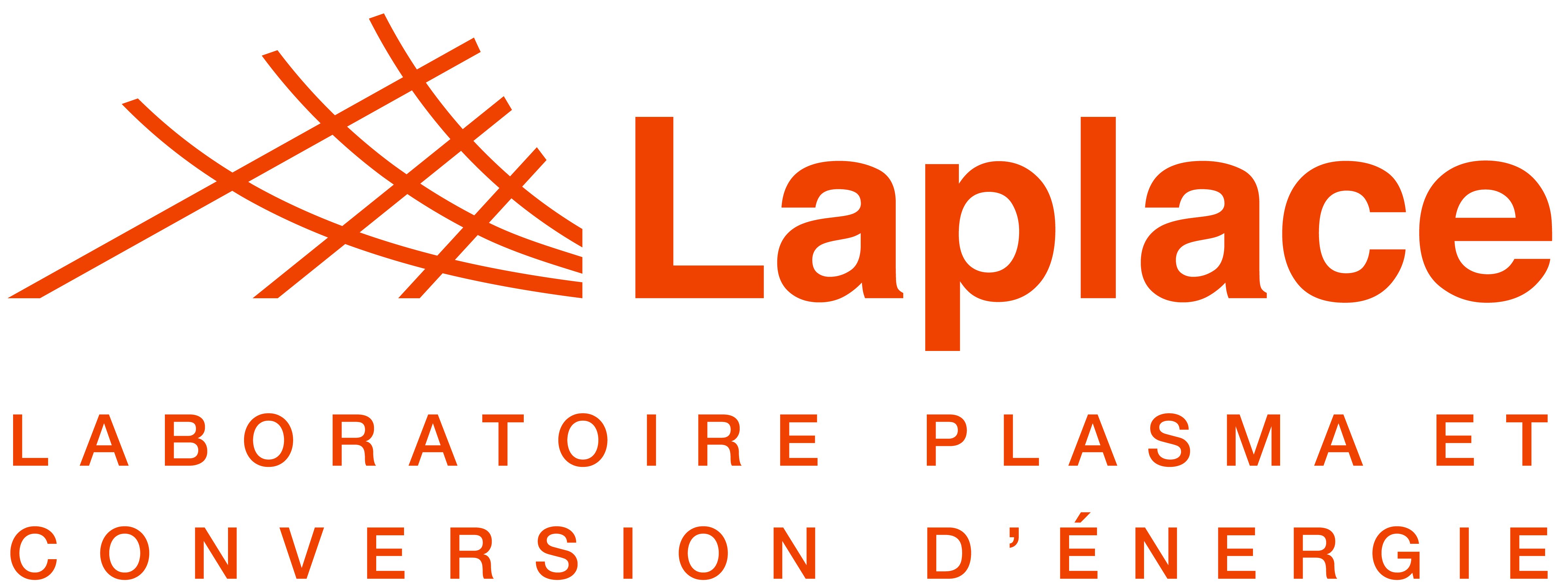Experimental and numerical investigation of direct two phase cooling for semiconductors
Résumé
With this study, we focus on power converters intended for propelling future aircrafts. Currently commercially available power converters do not meet the aeronautical requirements. Even though robust they force designers to oversize the thermal systems. One of the main pain points are the heatsinks or baseplates associated with power modules. Here we propose to get rid of them all together and apply the coolant directly to the semiconductors. This simplifies the design and construction of the modules but, because heat fluxes are really high due to the small footprint of semiconductors, the use of liquid/vapor two phase cooling becomes a necessity. In order to cover this topic, a purposely built module and test loop will be the end target. Before that, more simplified versions of the module will be created to better understand the impact of discrete heat sources on two-phase flow and boiling process. With the same objective, a numerical approach including a Monte Carlo algorithm dealing with complex geometry is proposed.
| Origine | Fichiers produits par l'(les) auteur(s) |
|---|

